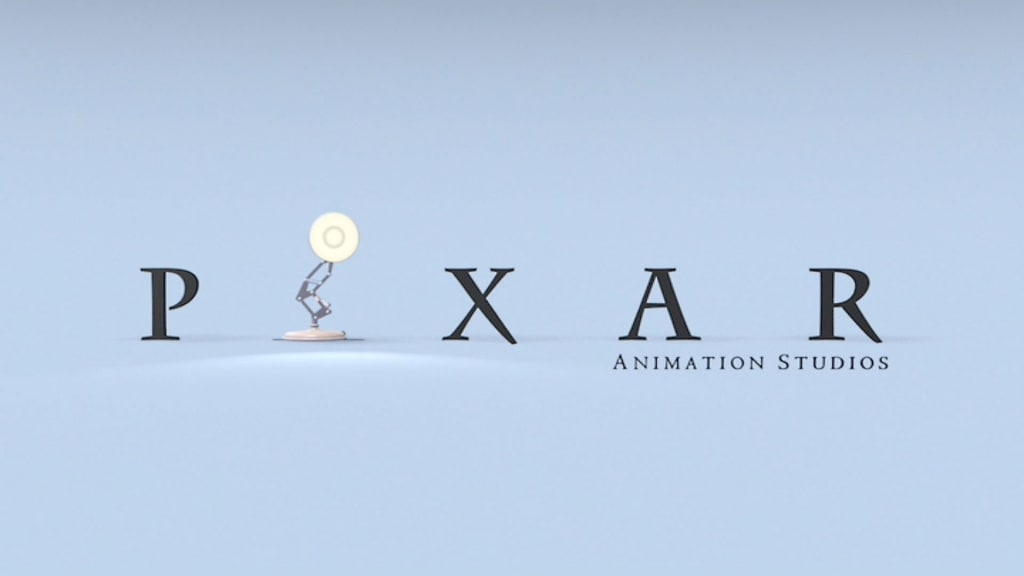Over the past ten years, we have written about persuasive storytelling more than any other subject. There are dozens of A2L storytelling articles, e-books, and webinars on the topic. A2L's most popular CLE/presentation is called Storytelling for Trial Lawyers. I have presented it at dozens of major law firms, PLAC, DRI, and other conferences. The subject matter is always well received.
The reason we publish and talk so much about storytelling is that trial lawyers increasingly understand that being a superb storyteller is essential for maximizing persuasion. More and more scientific studies confirm this each year, and I think most of us understand this instinctively. Storytelling is how humans have always shared information in a memorable and persuasive way.
While many great trial lawyers are naturally great storytellers, I know from experience that anyone can learn to become a very good storyteller. It's a challenging thing to learn, but it is possible with practice.
In my talk on Storytelling for Trial Lawyers, I provide one framework for telling a great story known as the Pixar method. Every Pixar movie follows this format, and it works fantastically well for building an opening statement. I've written about Dan Pink discussing this topic in the past.
However, that method that both Dan Pink and I speak about is actually culled from a list of 22 storytelling tips that a former Pixar employee published almost ten years ago. The original list can be found here, but I have modified that list to be trial lawyer-friendly and focused on the opening statement. In this form, I think it can serve as a useful checklist and guide for any trial lawyer preparing an opening statement. As we help other trial lawyers enhance their opening statements and opening trial presentations/litigation graphics, it is a tool that we use, and it works.
I'd recommend coupling this list with some of our other publications about storytelling, especially some of these articles:
- Storytelling at Trial - Will Your Story Be Used?
- Portray Your Client As a Hero in 17 Easy Storytelling Steps
- Poor Litigation Character Development Will Yield Poor Results
- Are You Smarter Than a Soap Opera Writer?
- Ten Ways to Maximize Persuasive Courtroom Storytelling (Part One)
A2L's 22 Rules for Litigation Storytelling in the Opening Statement - Adapted from Emma Coats' 22 Pixar Storytelling Rules
- Explain how the client tried and failed over and over.
- Keep in mind what’s interesting to the judge and jury, not what’s interesting to counsel. They can be very different.
- If you have a narrative and theme from the beginning great, but if you discover those along the way, go back and rewrite your opening statement with those in mind.
- Once upon a time, there was ___. Every day, ___. One day ___. Because of that, ___. Because of that, ___. Until finally, ___.
- Simplify. Focus. Drop characters. Hop over detours. You’ll feel like you’re losing valuable stuff but it makes your story more compelling. You simply cannot simplify too much.
- What is your client good at now, comfortable with? Discuss the obstacles they faced along the way.
- Come up with the opening statement ending before you figure out the middle.
- Develop a complete version of your opening and narrative early. Then sit with it and revise many times.
- When you’re confused about how to tell your story, make a list of what WOULDN’T happen next or things that DIDN'T happen. Sometimes this exercise will help you see where to go next.
- If your opening just sings to you, try it out on other people not like you. If it doesn't work for them, find out why and fix it.
- You must write down your opening - not just think of it - and you must share it with others long before trial. Be courageous.
- The first draft is never the best draft. Expect to have ten or more versions before it is right.
- Bring the characters in your opening to life. Introduce them in the courtroom, show a picture of them, or tell a memorable anecdote about each.
- Why should judge and jury care about your characters? They must care or you're going to lose.
- As you write, relate the experience of your clients back to moments in your life. It will help you draw on real emotions as you write. Always tell the truth because honesty lends credibility to unbelievable situations.
- What are the stakes? Give us reason to root for the client. What happens if they don’t succeed?
- No work is ever wasted. If it’s not working, let go and move on - it’ll come back around to be useful later. Save the parts you cut in a separate document.
- Know when your opening story is good enough and focus on practicing it - weeks and months, not minutes and days before trial
- Answer how did the client get into trouble or succeed AND personalize it with a person NOT just a company name.
- Exercise: write a 10-minute version of your opponent's opening in a clopening format.
- Ask yourself, how easy will it be for a jury or judge to retell this story to someone else? Refine your opening until your story is easier to retell than your opponent's story.
- What’s the essence of your story? What is the most economical telling of it? If you know that, you can build out from there.






Leave a Comment